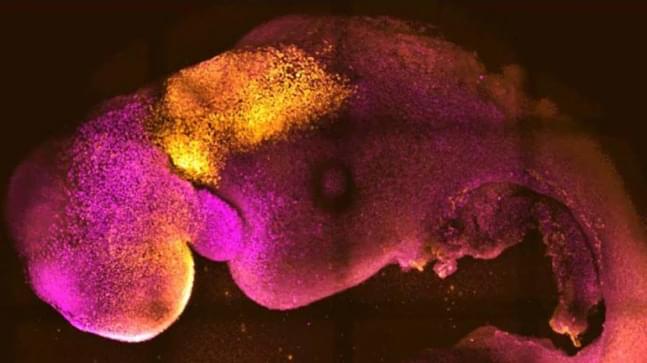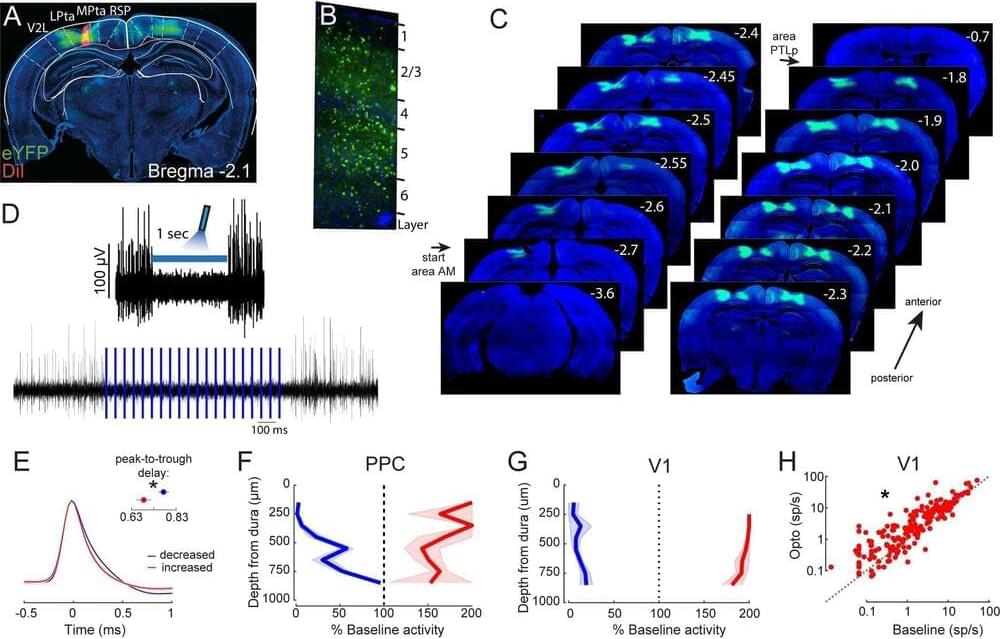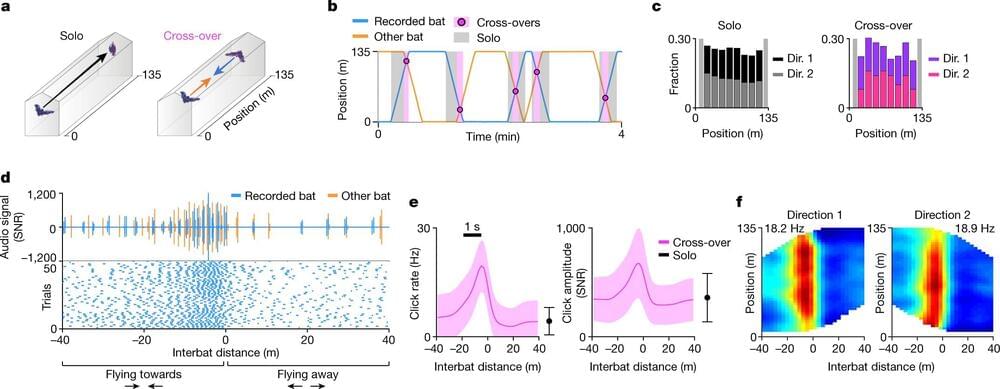Meta CEO Mark Zuckerberg was a recent guest on The Joe Rogan Experience podcast, and during the episode, he discussed, among other things, neural technology. During his conversation, Zuckerberg remarked that Elon Musk’s Neuralink would probably not be popular in the next 10–15 years because “normal people” would not want to have devices implanted in their brains that are made of non-mature technology.
Zuckerberg admitted that Meta is researching neural interface tech as part of the company’s push into the metaverse, though he also noted that the tech company is focusing on innovations that can receive signals from the brain but does not send any information back to it.
In later comments, the Meta CEO noted that companies like Elon Musk’s Neuralink, which is developing a device that can be implanted into people’s skulls, is taking neural technology “super far-off.” Neuralink’s implant is designed to record and stimulate brain activity, which Musk has stated could help people address conditions such as obesity.







